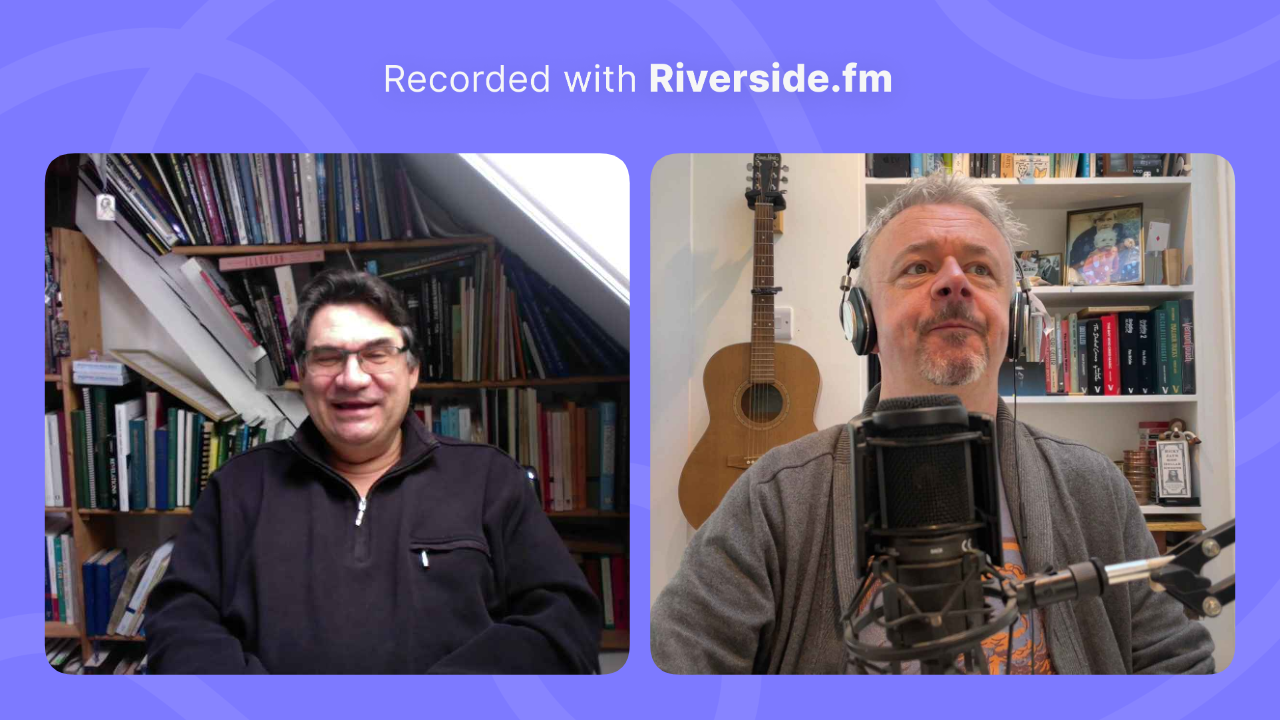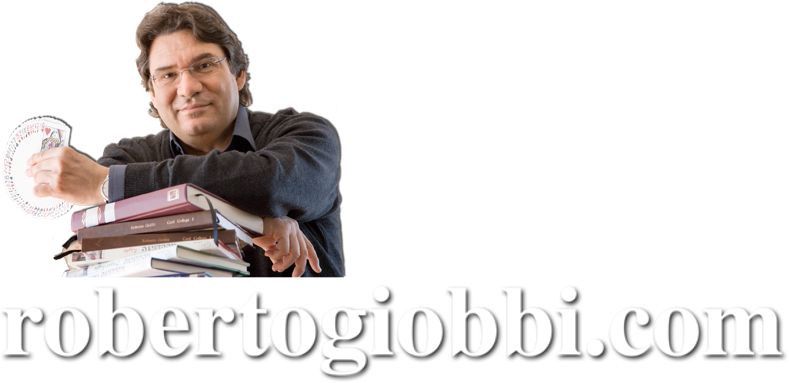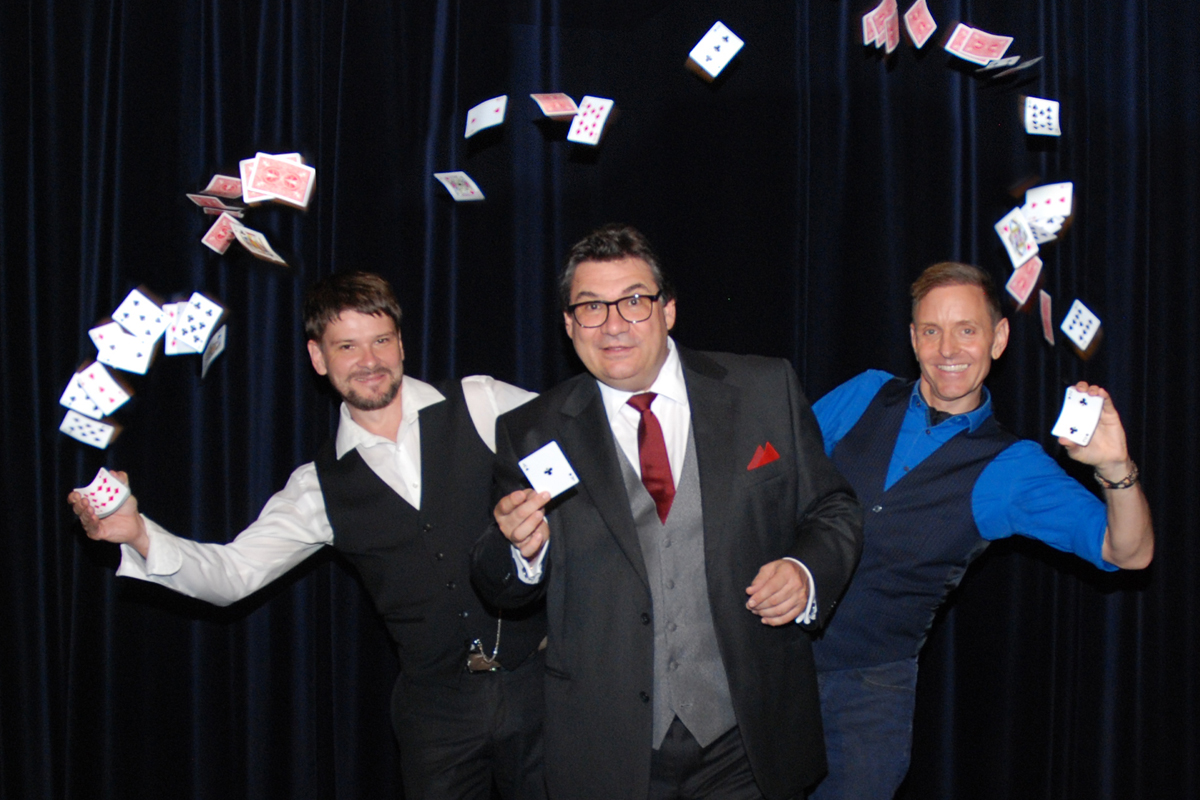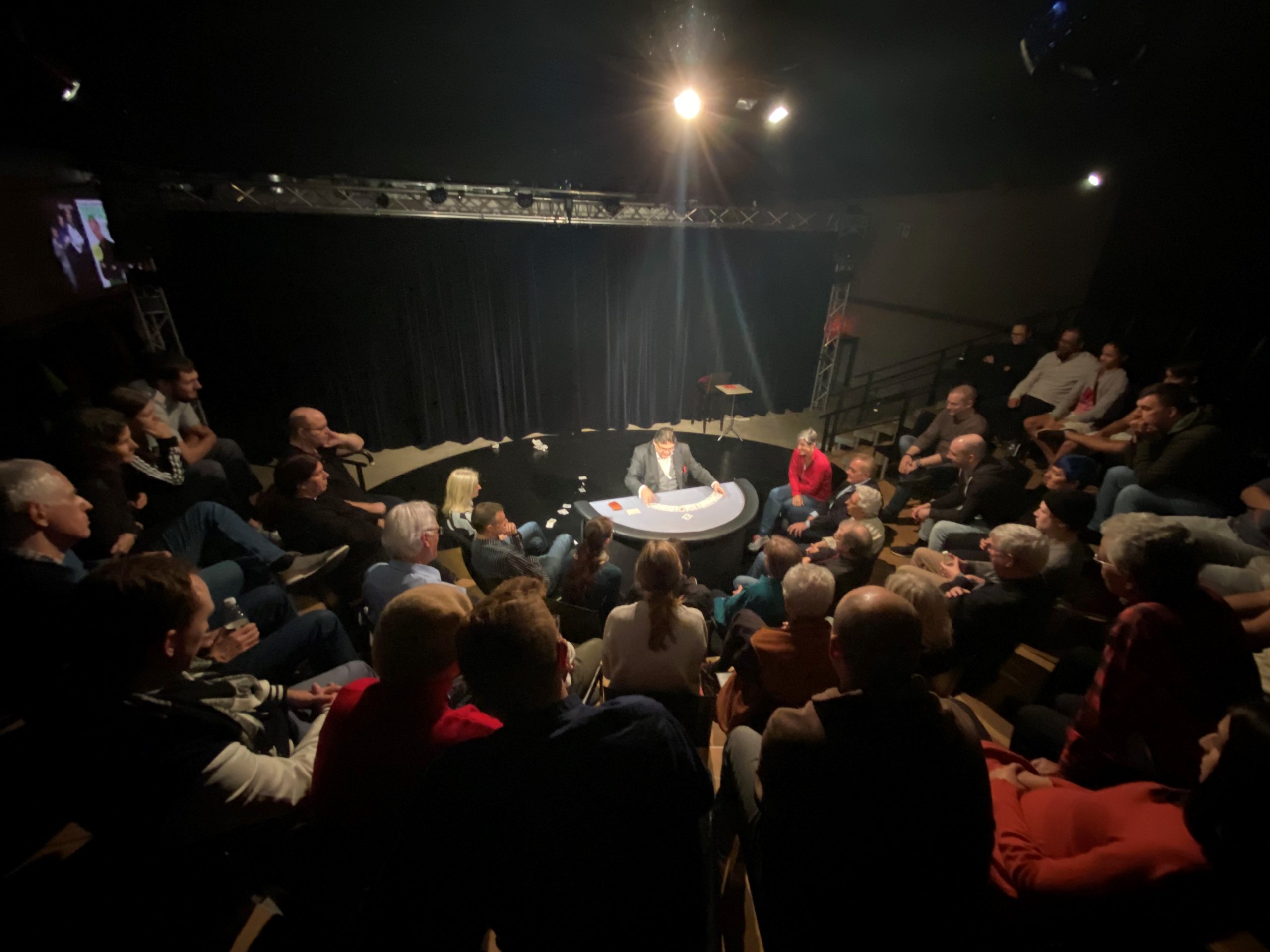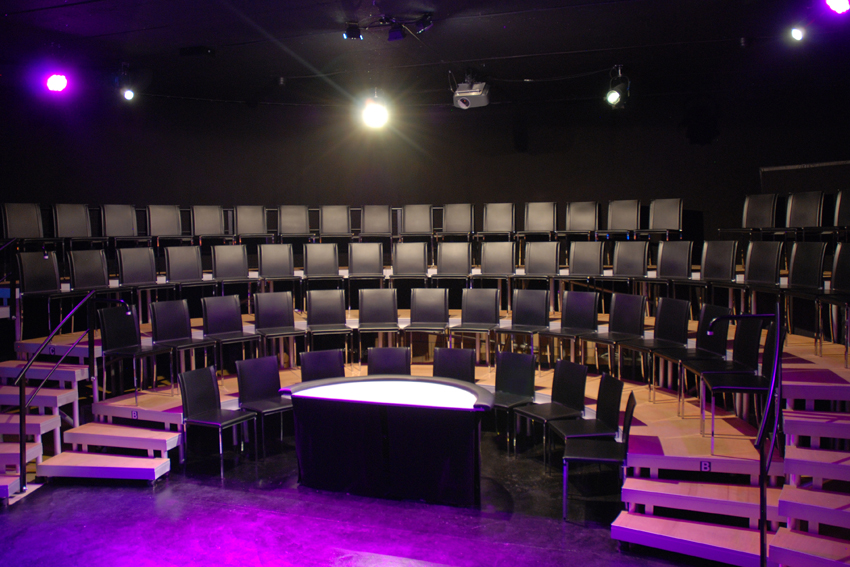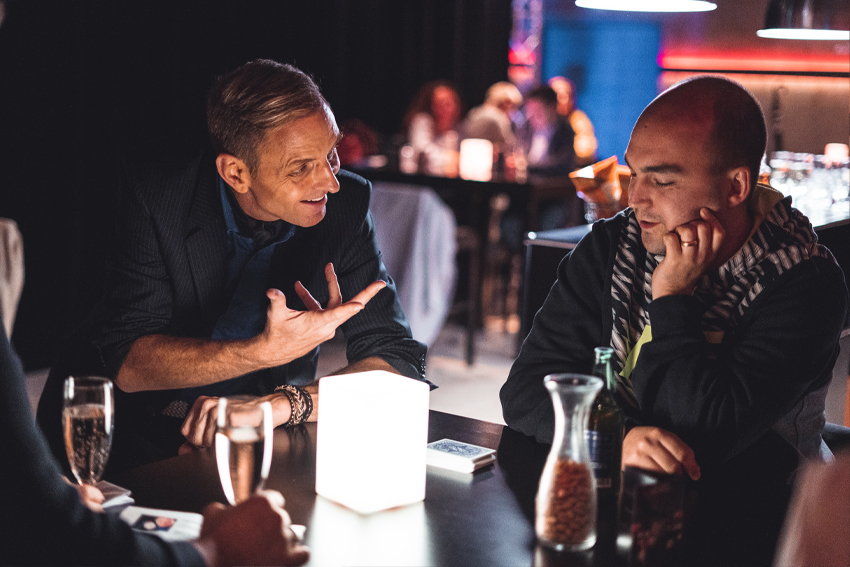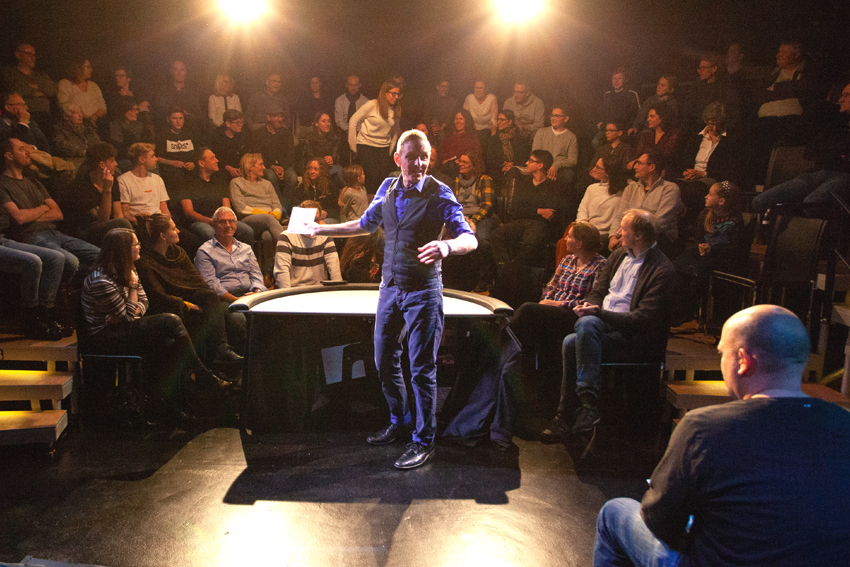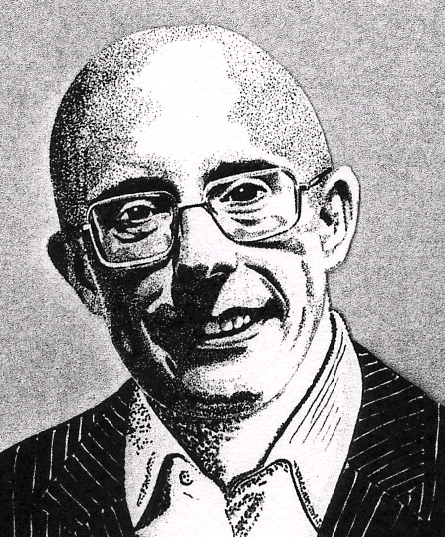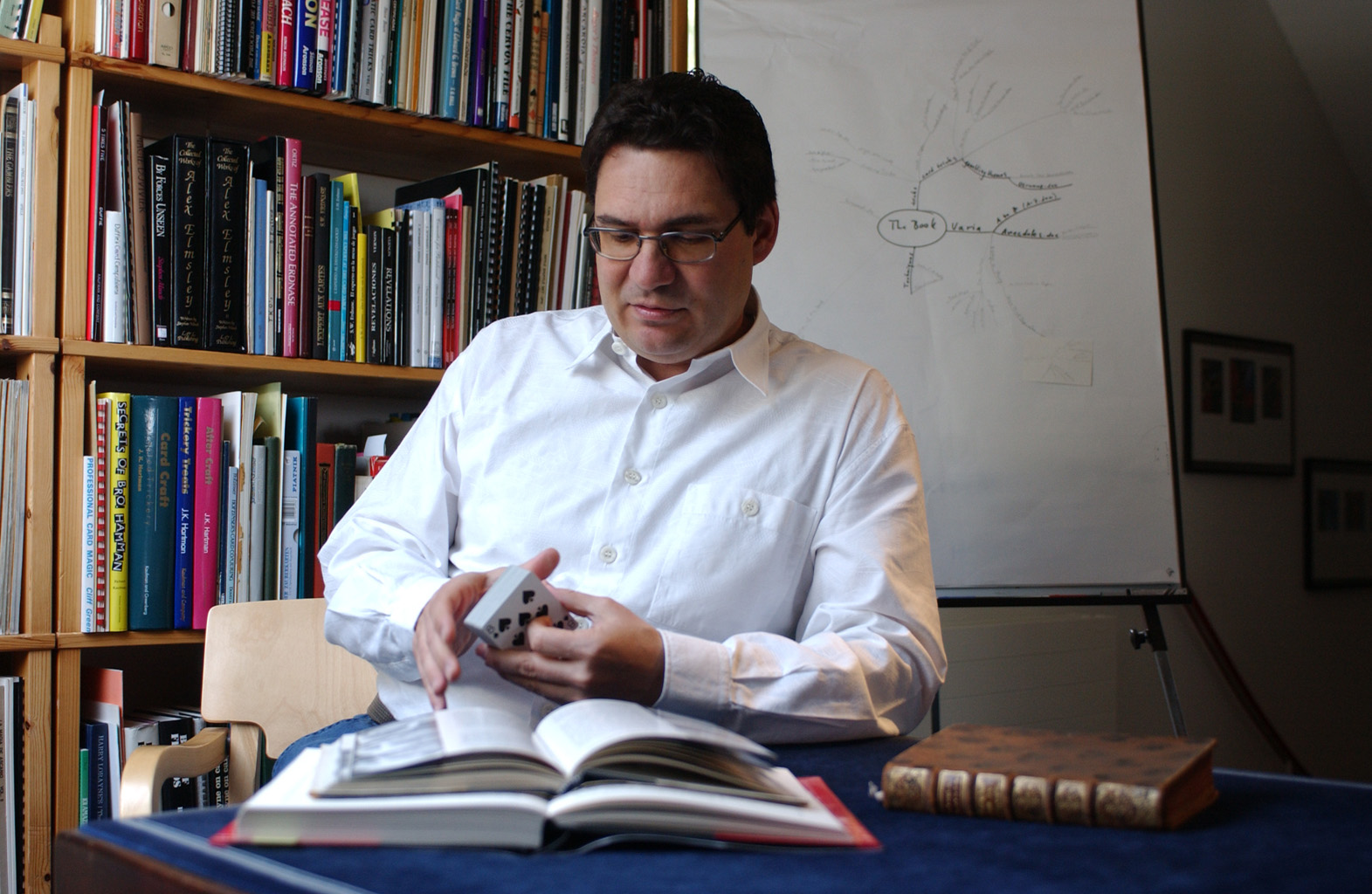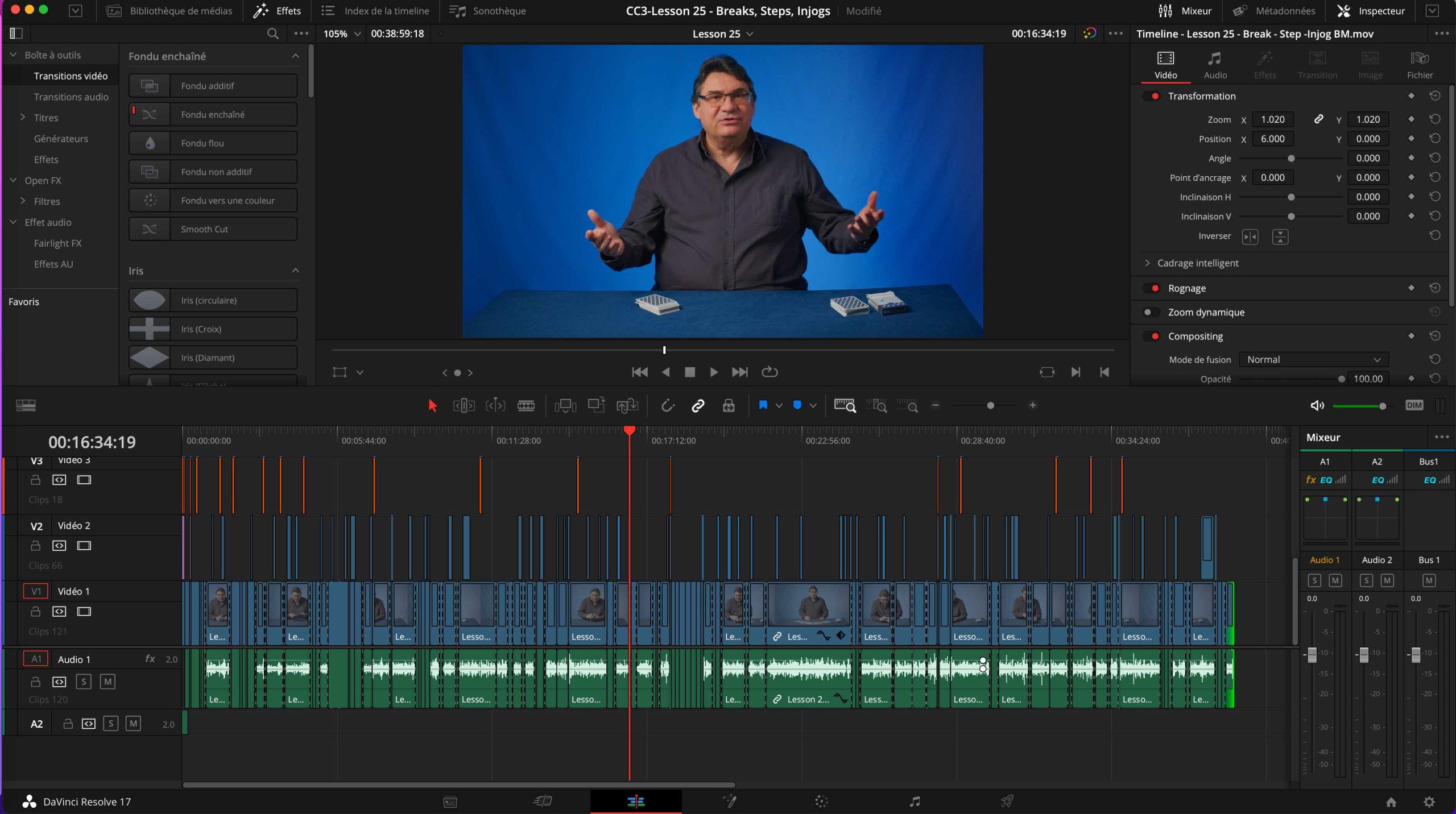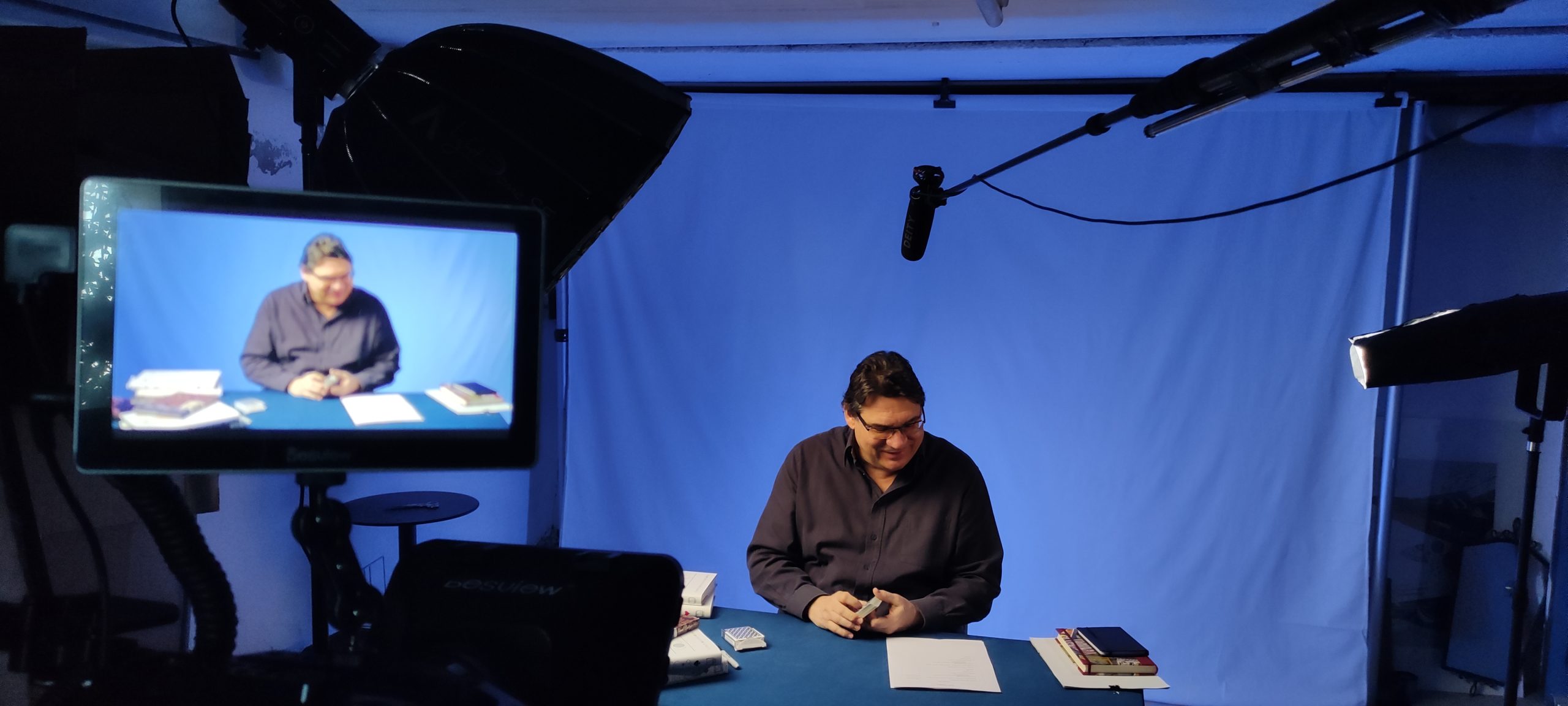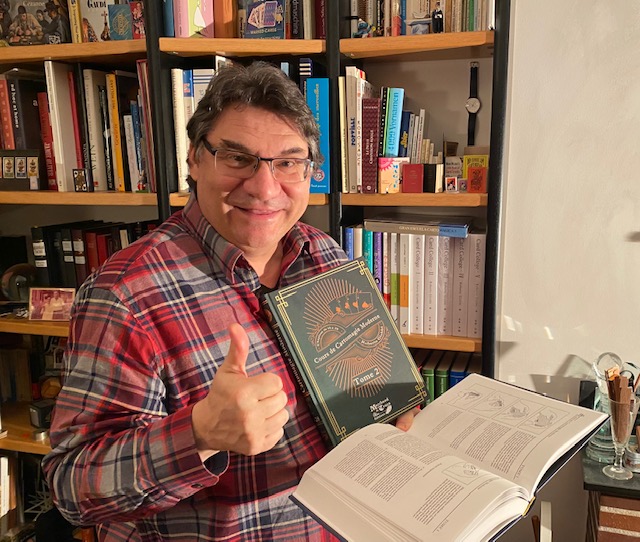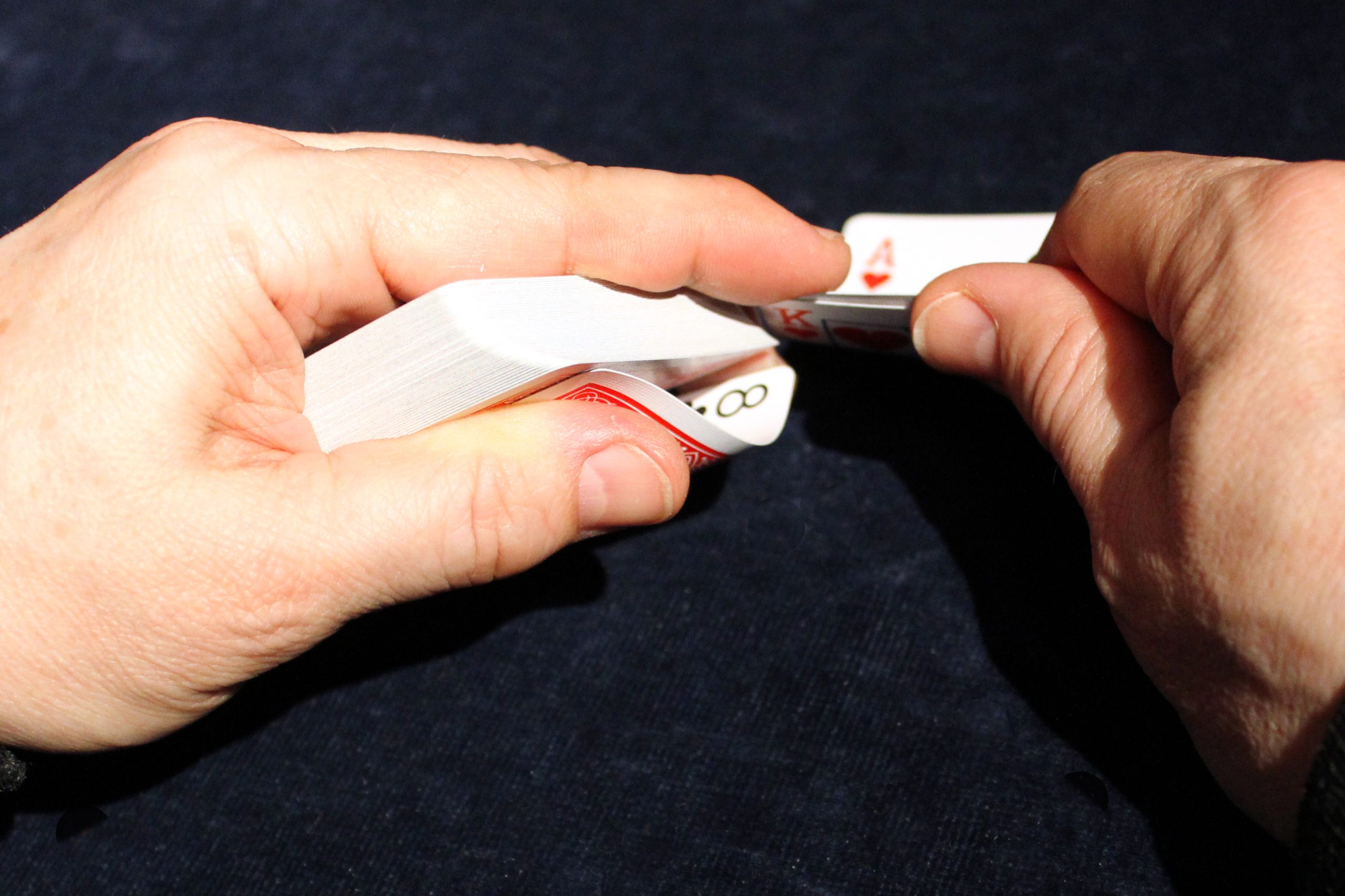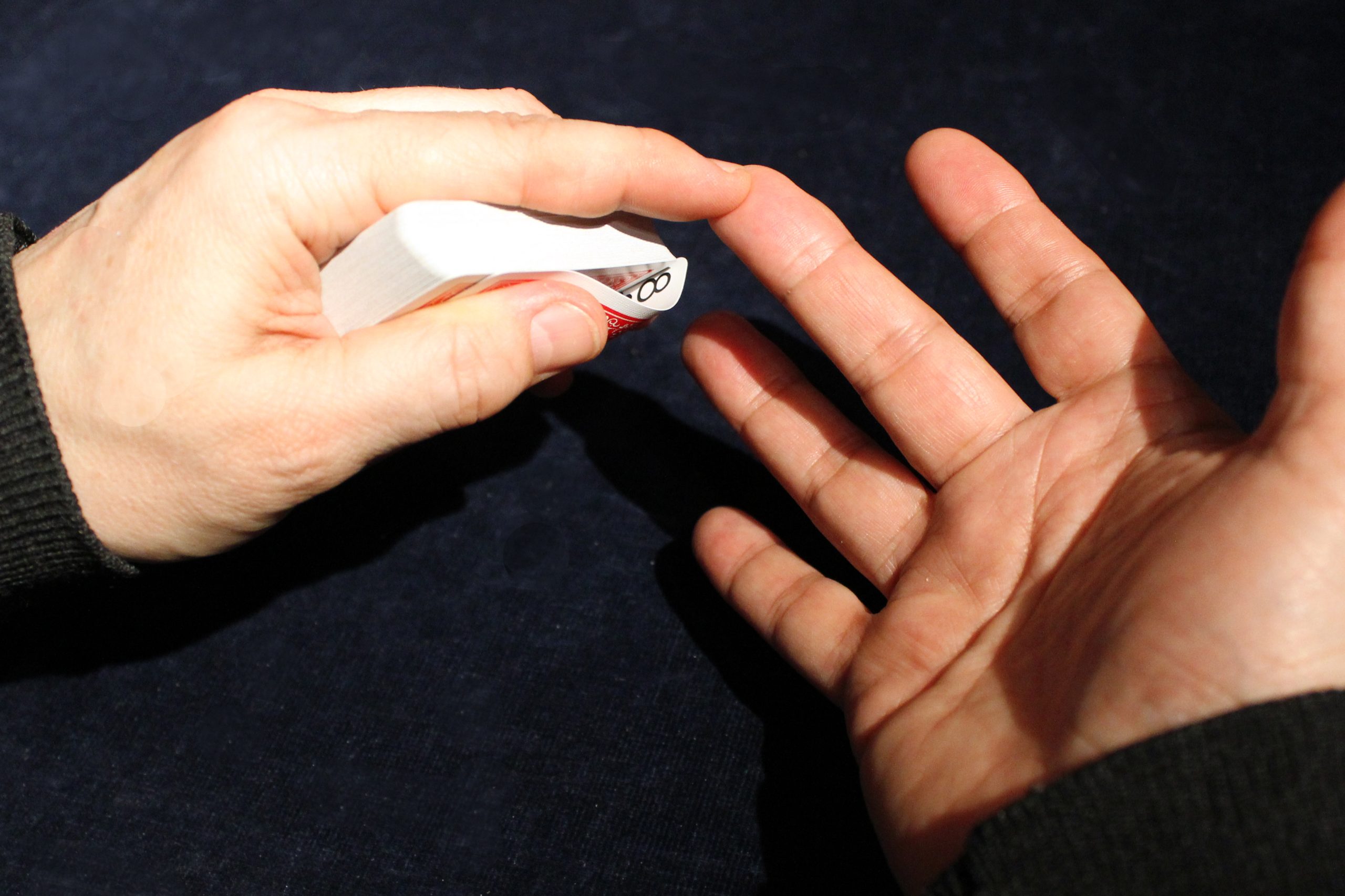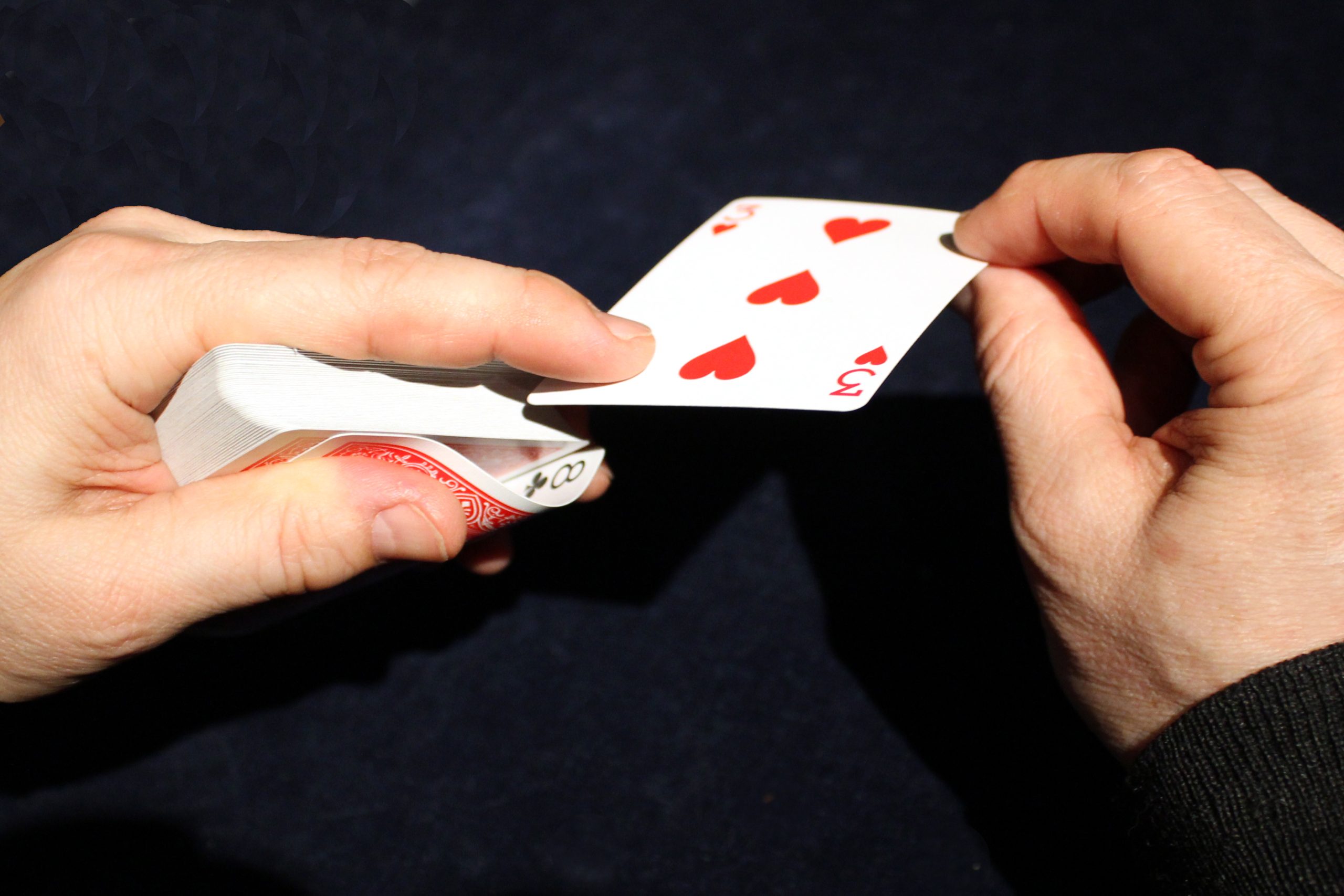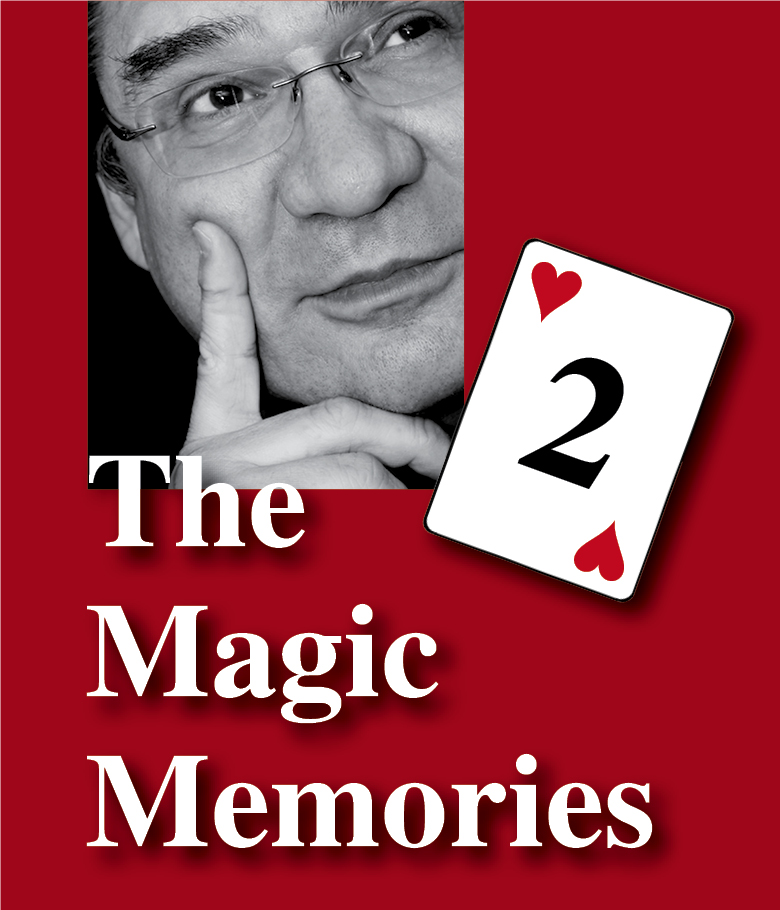
Hello everyone!
These are The Magic Memories 60, gone online Sunday, February 20th, 2022, at 0:07h sharp.
I’ve received some lovely feedback on the book list I started in The Magic Memories (58), so here is the second part, as promised.
Several who wrote in commented on books I mentioned, others suggested additions, and still others said my list sent them back to books they have in their library but haven’t touched for years – well, what more can you expect from a little Sunday Blog 🙂
For the readers who joined us now and for whom this is the first blog, let me remind you that this is a very particular list, namely of the fifty books I would like to keep if I had to give away the remaining 3’950… plus 40 yards of magazines… check back on the foreword in The Magic Memories (58).

The (ca.) 50 Books I Would Like to Keep – Part Two
26. Kaufman, Richard, Williamson’s Wonders. Williamson is one of the few geniuses of our time, and along with Tamariz, Bloom, Andrus, Ascanio, Vernon, Slydini (and a few others…), he reminds me of the incredible privilege and pleasure I had to meet all these people in my lifetime, and to be able to call almost all of them my friends. I saw David for the first time when he visited Switzerland in the early eighties on his first lecture tour. Since then I have rarely seen such a wonderful synergy between virtuosity in execution and brilliance and ease of presentation. This book has some of his best ideas.
27. Lang Neil, C., The Modern Conjurer. I’d keep this as representing the rich literature of the time (Prof. Hoffmann, Sachs etc.). Of particular interest are the over 500 photos in the trick descriptions, most of them depicting Charles Bertram and Mademoiselle Patrice (the wife of the author!).
28. Le Paul, Paul, The Card Magic of Paul Le Paul. For simply being one of the best books on card magic, and for sentimental reasons.
29. Marlo, Ed, Marlo in Spades. The very first of Marlo’s publications I bought from a dealer at a magic convention as a seventeen-year-old, a revelation of sophisticated card magic. I practiced the first item, the “Barnhard Fan Steal” for years, until I found a way of doing it using the Flat Palm rather than the Classic Palm as suggested. I made quite a reputation for myself at my club for performing the hard stuff from the book, at a time were most did just simple self-working card tricks.
30. Marlo, Ed, The Cardician. For being the first “big” book by Marlo I read.
31. Marlo, Ed, Revolutionary Card Technique. When the Dollar was still high toward the Swiss Franc, and I was a student with little money, the booklets by Marlo were terribly expensive, but I got whatever I could from Marlo, together with a friend. Now Magic Inc. has brought them together in a collected edition.
32. Mendoza, John, The Book of John. For being one of the first books with really well-described professional performing material. His routine for the Benson Bowl inspired mine that I use to this very day. I’d want to keep his other book, John – Verse Two, too (I performed the McDonald Aces by Mary Wolf from this book on my very first TV appearance on Swiss TV…).
34. Miller, Charlie, Magicana. For the immense amount of practical material and insight, but also as a souvenir of meeting Charlie, who came to my show when I performed for the very first time as a young magician in the Close-up Gallery of the Magic Castle. We then met at the main bar downstairs and had a lovely conversation, albeit too short. I regret I did not ask him to meet again.
35. Minch, Stephen, Ever So Sleightly – The Professional Card Magic of Martin A. Nash. For having been one of the very first books with card magic of a performing professional, a revelation for eighteen-year-old Young Giobbi. And for having hosted him in Switzerland, translated his lecture and be taught personally some of his “inner secrets” during some memorable private sessions. His other two books, Any Second Now and Sleight Unseen, I’d smuggle in, too.
36. Minch, Stephen, Daryl’s Ambitious Card Omnibus. This signed copy with a heartfelt inscription will always remind me of a friend who is sorely missed… and of his exceptional magic talent. And the content of the book is great, too.
37. Minch, Stephen, The Vernon Chronicles Vol. 1, 2, 3. For being the cream of the material that went into Bruce Cervon’s famous Castle Notebooks (later published in five high-priced volumes). Volume 2 is my favorite, as it contains some of the great “smaller works” of Dai Vernon’s, but as the Portuguese poet Fernando Pessoa once wrote (from memory), “The full moon reflects in the huge ocean, but also in the smallest puddle.”
38. Minch, Stephen, The Collected Works of Alex Elmsley Vol. 1 & 2. For being the “complete works” of yet another genius I had the pleasure of meeting several times in my life. The first time was after the books had seen publication, in London, in a pub called “The Phoenix” (fitting name as Elmsley had “literally “risen from the ashes” with these books). Gordon Bruce had kindly set up this meeting. After I performed a few things for him, one using an Elmsley Count, of course, he gave me one of the nicest compliments I ever received, when he said, “You have very innocent hands.”
39. Nathanson, Leon, Slydini Encores. For having been the first book I bought describing the magic of this genius. I practiced every trick in the book… and performed a few over the years. As a 21-year-old I had the privilege of meeting Slydini personally, at one of the Ron MacMillan conventions in London, and I saw him lecture! I would like to take the other books about his magic with me, too, of course…
40. Nelms, Henning, Magic and Showmanship. For being possibly the first “theory” book I read. Almost every page has underlinings, highlights and comments at the margin. Although most of the tricks used to illustrate the concepts are not very good, the book remains to this day a useful and practical resource for anyone who aspires to perform before real people (not magic friends or YouTube clips).
41. Page, Patrick, Magic by Gosh – The Life and Times of Albert Goshman. For having known Albert, and having met him on several occasions, hosted him in Switzerland, and translated his lectures several times, but also because he always told me that I was the first to pre-order and pay his book! I’ve seen his act live many times, and I never got tired of it – a true original.
42. Perovich, Mike, The Vernon Companion. For having been a book that has truly fascinated me after a longer period of not reading magic books, at least not many. Without knowing each other personally, I sent Mike several pages of questions. He answered with a ten-page letter (!) responding to all my queries, and more. We’ve since become very friendly and correspond regularly.
43. Ponsin, La nouvelle magie blanche dévoillée. This book from 1853 preceded those by Robert-Houdin, Hofzinser, Devant, Bertram, Roterberg and Conradi, and contains some of the finest plots of card magic. This book alone would keep me busy for years.
44. Robert-Houdin, Jean-Eugène, La vie d’un artiste. For being the first magic (auto-)biography I ever read, and for being one of the two best, to this day, when I have read hundreds.
45. Robert-Houdin, Jean-Eugène, Comment on devient sorcier. For being possibly the first book written by a professional performer, with lots of original material, wonderful plots, useful techniques and an inexhaustible amount of practical advice. The first book by a highly creative and skillful artist with a superb capacity of introspection and the ability to put complex matters into simple words; with lots of “theoretical” concepts (the eye, the pause etc.).
46. Stars of Magic. For being the most important document of the magic of New York’s “Inner Circle” (plus Allerton from Chicago and Bertram from Toronto).
47. Stowers, Carlton, The Unsinkable Titanic Thompson. I have hundreds of publications on gambling and cheating, among them dozens of biographies, most of them by so-called “converted gamblers”. This I would want to keep as it was possibly the first of its genre, and simply… because.
48. Tamariz, Juan, The Five Points in Magic. For having been the book by Juan that I translated into German for the Magic Hands Convention by Manfred Thumm in Böblingen 1982 – I was 22 years old then. But what was even more, I translated his 90-minute Live-Lecture at the convention eight (!) times. Toward the end I knew the lecture by heart, and my translation came before Juan even spoke the words. We had a very good time.
49. Tamariz, Juan, Sinfonia en mnemonica mayor vol. 1 & 2 (Mnemonica). I was the first outside of Spain to whom Juan explained his mnemonic system to the n-th degree, after he had fooled me time after time with his ingenious concoctions. Back home I fooled the pants off the boys (no girls doing card magic then) with what I had learned. As far as I know I was the first to use Juan’s mnemonica outside of Spain, and these magnificent books remind me of it. Besides, I would learn a lot of what he told me then and which I have forgotten.
50. Tamariz, Juan, El arco iris (The Magic Rainbow). For being the most important book on magic, and because it contains all those theories, thoughts, tricks etc. that Juan has been telling me in the hundreds (thousands?) of conversations we had in the past 44 years.
2 Bonusses for the full deck
51. Vernon, Dai, Revelations (edition of 1984). Although I must be one of the few who dares saying that you do not need to study Erdnase in order to become a good magician, this version has Vernon’s comments and is a lesson in how to study a book, any book. And for having one of the best forewords in magic (by Persi Diaconis).
52. Vernon, The 20 $ Manuscript. I was able to acquire a “pirate copy” of its time; precisely the fact that it is a “fake” of a legendary publication makes it twice as interesting…
Another Bonus for the First Joker
Waldmann, Werner, Grosse Zauberschule. Not a good magic book at all, BUT for nostalgic reasons, for it was this book, discovered in a public library, at age fourteen, that opened the window to my future.
…And the Second Joker, Of Course!
Although I have not included them, I would also want to keep one copy of each of my own books, in the original language (that’s another 18 books…).
As I finish this list, I realize that there is at least one substantial personal story attached to each of these works, actually a part of my life in some cases, a mirror of what I’ve lived, if you will. This then might be the main reason why I would want to keep them, as they are a memory of my life.
It might make an original autobiography of mine, with encounters and events related to each book (My Magical Life Through Books, maybe…). Hmmm, how about that for a new book project!? You tell me…
“The Prophecy” and “The Red Card”
By the time you read this, everyone who ordered “The Prophecy” from me should have received it – if you haven’t, please let me know via the contact form on the webshop. If I had had the time and contacts, I would have released this in a very limited quantity, and at ten times the price. In this case Penguin Magic is the publisher and producer, so it was produced in a large quantity, very reasonably priced. However, there is always a price to pay: One batch of the wallets has an elastic band that is a bit too tight. It is really only slightly, and won’t interfere with its use, especially not in the routine delivered (“The Prophecy”), but I understand that a few are a bit unhappy about it. I apologize, but in such cases authors are at the mercy of factors they cannot control.
HOWEVER, in this particular case you can fix the problem (in case you have one of those wallets): Seize the elastic band with both hands between thumb and forefinger, and then pull on the band in opposite directions. Do this by moving from left to right over the band’s entire length. This will weaken the band, and after a few “work-outs” you’ll find the wallet looks as it should.
In any case, regardless of what “prop” you buy, you’ve always got to work it in, even with playing cards and coins this is the case, of course.
As for “The Red Card”, my batch arrived a bit late due to storms in the USA and other logistic problems, but I shipped a few days ago, and everyone should receive his and her parcel by the end of next week. If you don’t, let me know.
“The Prophecy” and “The Red Card” are pieces with a similar phenomenon: A prediction. Therefore, it goes without saying that you should not use them together in the same act. I use them alternating as closers or as an encore, and found myself using “The Prophecy” even more than “The Red Card”, although the latter is a bigger fooler for magicians than the former.
Update on Card College 3&4 – Personal Instruction
We’ve finished taping the techniques, the performance and the explanations of the performed tricks (22!) of Card College Volume 3, and now my friend Guillaume is editing the eleven chapters, most of which are over one hour long! I revise and make additions, with references to books to check, these have to be installed, then checked again – a monumental task, I can tell you! But it looks good. And in spite of the enormous effort necessary, it is nothing compared to writing, editing and publishing a book. I know what I’m talking about 🙂
Right now I’m writing the treatment for the technical part of Card College Volume 4, and we will tape next week (4 days!), and then in another two week’s time we’ll tape the performance and the explanation of the tricks. We’re right on track, and we should be able to release end April or early May, in time for my birthday 🙂
Wish you all an excellent week!
Roberto Giobbi

